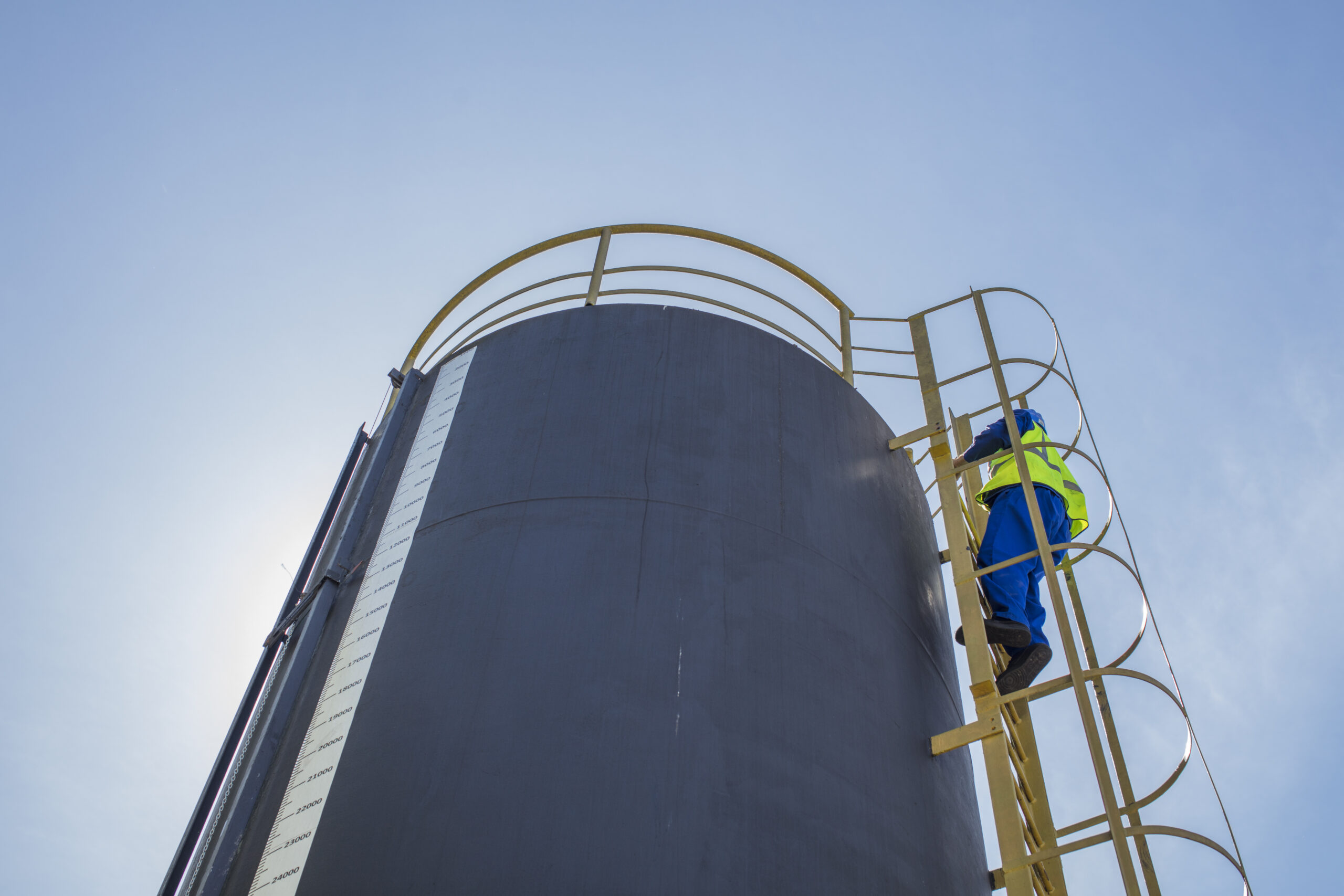Storage tanks have been in use for centuries, with archaeological evidence suggesting that the ancient Egyptians used clay pots to store oil and wine. Over the years, storage tanks have evolved significantly in terms of design, materials used, and safety features. In this article, we will take a closer look at the history of storage tanks, their present state, and what the future holds for these vital pieces of equipment.
Storage History
The ancient Egyptians used clay pots to store oil and wine. Similarly, the ancient Greeks and Romans used clay and stone containers to store water and wine. However, it wasn’t until the Industrial Revolution in the 18th century that storage tanks began to take on a more modern form. The invention of the steam engine led to the need for large storage tanks to store coal and water.
The first metal storage tanks were built in the early 1900s made of wrought iron. These tanks were primarily used to store oil, and they were instrumental in the growth of the oil industry. In the 1920s, the first welded steel storage tanks were built, and they quickly replaced wrought iron tanks due to their durability and superior design.
During World War II, storage tanks played a crucial role in the war effort. They were used to store fuel for military vehicles and aircraft, as well as other essential materials. After the war, storage tanks continued to be used for various purposes, such as storing chemicals, water, and other liquids.
Storage tank Present
Today, there are several types of storage tanks come in various shapes, sizes, and materials, depending on their intended use. Steel tanks are still the most common type of storage tank, but other materials such as fiberglass, concrete, and polyethylene are becoming increasingly popular. Modern storage tanks are equipped with safety features such as double walls, leak detection systems, and corrosion-resistant coatings.
The use of storage tanks extends beyond just storing liquids. They are also used in industries such as agriculture, where they are used to store grain and other crops. In the food industry, storage tanks are used to store ingredients such as milk, juice, and other liquids. The pharmaceutical industry also uses storage tanks to store raw materials and finished products.
Storage tank Future
The future of storage tanks looks promising, with advancements in technology leading to improved safety features and more efficient designs. One area of focus is the use of sensors and other monitoring devices to detect leaks and other potential issues. There is also a growing interest in using renewable energy sources to power storage tanks, such as solar and wind power.
Another area of development is the use of composite materials in storage tank construction. These materials offer several advantages over traditional materials, such as increased durability and resistance to corrosion. Additionally, composite tanks can be molded into various shapes, allowing for more efficient use of space.
Conclusion
Storage tanks have come a long way since their inception, and they continue to play a vital role in various industries. With advancements in technology and materials, the future of storage tanks looks bright. As the demand for storage tanks continues to grow, it is essential to prioritize safety and efficiency in their design and construction.




